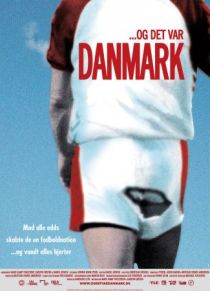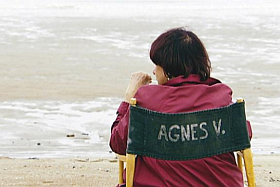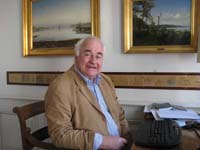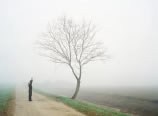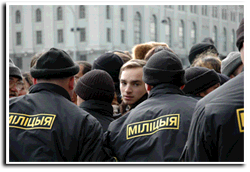


Mads Baastrup: Verdens morsomste mand
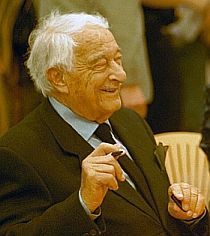
Jeg lukkede op for programmet/dokumentaren/filmen, fordi Mads Baastrup har lavet den. Jeg respekterer Baastrup meget, en alvorlig, højt begavet og dygtig tv-mand, som vist altid koncentrerer sig om tv-arbejdets indhold frem for den formodede smag hos seerne. Og jeg fortryder ikke, det er gedigen tv, han her har lavet. En Victor Borge biografi (ikke et “portræt”) i klassisk tv-dokumentar stil. Omhyggeligt forberedt og gennemført i stor ro, med fornem værdighed, uden udpegede pointer og understregninger, i min øjenhøjde. Den er simpelthen behagelig at se. Udholdelig hele vejen igennem. Og sådan står den Victor Borge an, er den sammenfattende tv-biografi, han fortjener. Dertil er den naturligvis masser af steder meget,meget morsom, det har i og for sig ikke med dokumentaren at gøre. Det sørger Victor Borge for! New York Times anmelderen havde ret: når man oplevede ham, må man have tænkt: dette er verdens morsomste mand. Lige i øjeblikket.
Alt dette skyldes Mads Baastrups fagligt kompetente forståelse af materialet. Man mærker han kender den historie og dens nuancer, ikke kun fra researcharbejdet, men fra sit eget levede liv, personligt faktisk. Men Baastrup sætter sig ikke ud over materialet og den i forvejen etablerede forståelse af den berømte entertainer, gør det ikke til sit. Hvad jeg sådan havde håbet. Tilrettelæggeren forbliver skjult bag sit fags konvention. I den forstand er den besynderlige genrebetegnelse med dens statslige spændetrøjefornemmelse “DR-dokumentar” meget passende: en udadlelig voice over, ingen filmiske forsøg med at lade billed følge billed og tale for sig selv, hver scene er en illustration af det tekstlige grundlag, af den litterære tanke. Billeddækning i ordets forstand.
Men, men der rystes ikke på hånden. Interviewene samles klogt, så der udvikles en vigtig dobbelthed, som fjerner dokumentaren fra den officielle fyrsteskildring. Verdens morsomste mand er også historien om fars karriere frem for alt. Det kommer til mere og mere at handle om prisen og afsavnene. Bitterheden strejfes, omgås ikke. Og så kommer det første Tine Harden fotografi. Borges på den jødiske kirkegård. Den ydmyge hat. Der kommer flere og flere billeder fra arbejdet med fotobogen. En ganske anden stil, en helt ny lille film tegner sig. En personlig lyrisk tone, en nøgen ærlighed – som Baastrup giver plads til. Og det er godt.
Foto: Borge signerer Tine Hardens bog.
Danmark 2008, 52 min. DR1 i aftes kl. 20
http://www.dr.dk/Kultur/Kulturguiden/temaer/victor_borge/borge
